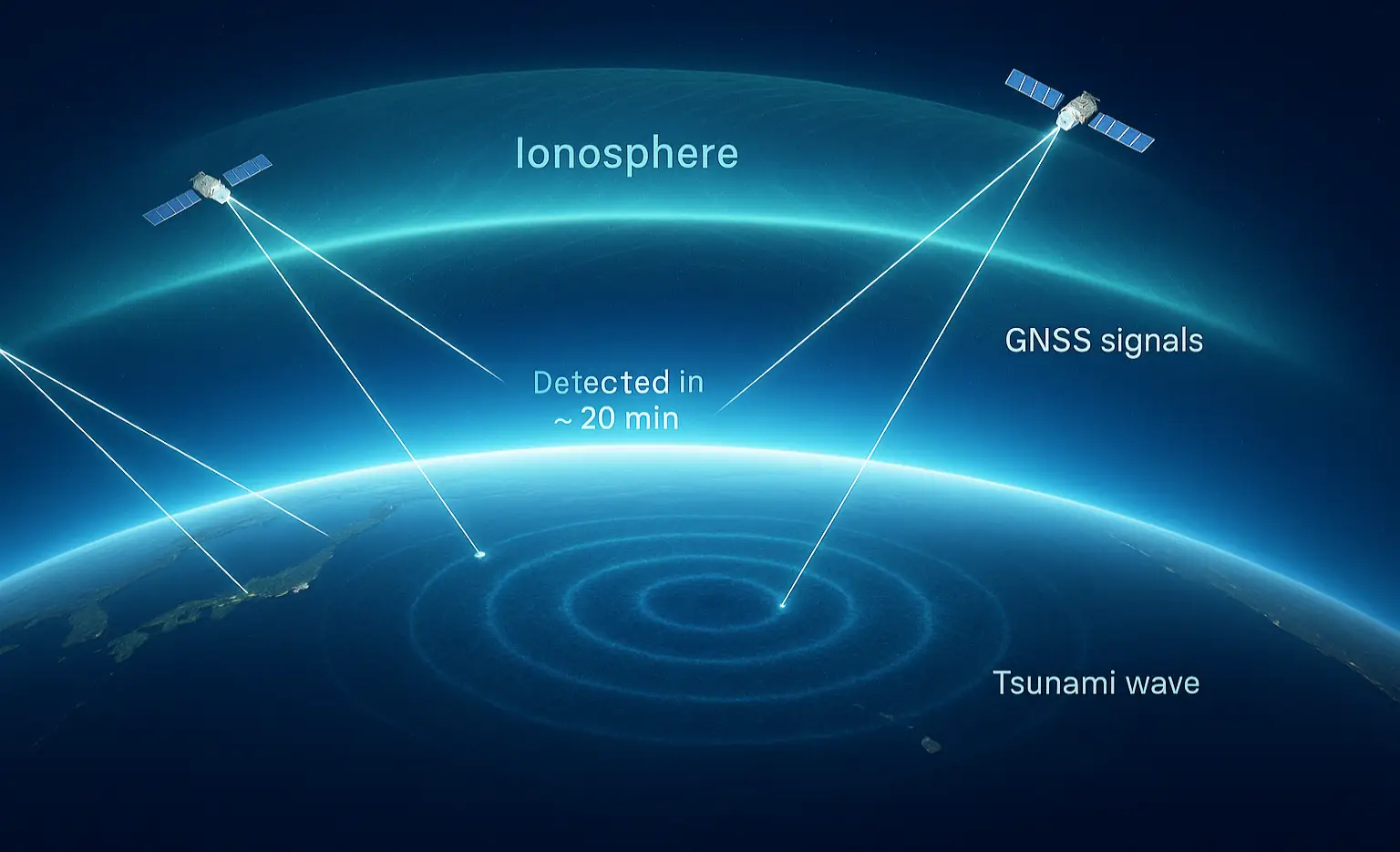Two fresh discoveries—a rogue, jet-spewing black hole racing through a dwarf galaxy, and a precision gravitational-wave test that affirms core predictions about black holes—appear unrelated at first glance. In reality, they operate like twin gears in the same machine, reshaping how astronomy observes, models, and validates the universe’s darkest engines. The significance lies not only in the findings themselves but in how they synchronize instruments, methods, and theories into a more predictive science.

The two breakthroughs
- A wandering intermediate-mass black hole blasting radio jets across a dwarf galaxy reveals that massive black holes can live and act far from galactic centers, reshaping gas and star formation while on the move.
- A clean gravitational-wave event delivered exacting tests that align with the Kerr description of black holes and uphold the horizon-area increase in mergers, offering a direct validation of long-standing theoretical predictions.
Why these two are connected
- Population and provenance: Confirming a mobile, off-nuclear black hole expands the known habitats and migration paths of black holes, informing merger environments that gravitational-wave models must capture.
- Physics constraints: If wildly different environments still yield Kerr-like behavior, theory gains a robust cross-check across mass scales and contexts, tightening constraints on exotic alternatives.
Observatories as an ecosystem
- Radio and X-ray networks: Identifying a jetting wanderer requires sensitive radio mapping and multiwavelength follow-up, a playbook that will uncover more off-nuclear engines and track their environmental impact.
- Gravitational-wave arrays: Detector upgrades and refined analysis pipelines produced the clarity needed to test horizon-area growth and remnant properties, resetting expectations for “precision astronomy.”
- Cross-messenger synergy: Recoil measurements of newborn black holes from gravitational waves can guide targeted electromagnetic searches if a remnant plows through dense gas, enabling coordinated campaigns.
Second-order effects on galaxy evolution
- Feedback in small halos: In dwarfs with shallow gravity wells, even modest jets can heat and stir gas, suppress or trigger star formation, and alter chemical enrichment, forcing revisions to feedback models.
- Black hole seeding and growth: A population of roaming intermediate-mass black holes raises the stakes for origins—runaway cluster mergers, stripped galactic nuclei, or early-universe seeds—and how supermassive black holes assembled.
- Environmental triggers for mergers: Off-center, dense regions may boost capture rates or skew mass ratios, helping explain gravitational-wave signatures that hint at complex environments.
Theory under pressure—and rewarded
- Kerr all the way down: Passing stringent tests with a high-fidelity event compresses parameter space for “hairy” or modified-gravity black holes, while motivating even cleaner future tests.
- The area theorem, observed: Directly seeing horizon-area increase operationalizes the thermodynamic analogy of black holes, fortifying bridges between gravity, entropy, and quantum theory.
Data, pipelines, and reproducibility
- From detection to inference: The path from strain data to Kerr verdicts and area-theorem checks showcases calibration, waveform modeling, parameter estimation, and systematics control—now a template for future law-level tests.
- Cataloging the strays: Persistent, shareable radio/IR catalogs and cross-match tools will scale discovery of off-nuclear candidates, transforming rare curiosities into a characterized population.
What this unlocks next
- Recoil cartography: Full 3D kick measurements of newborn black holes can map retention versus ejection across galaxies, predicting where remnants reside and how often they escape.
- Seed-hunting strategies: High-redshift oddities hint at novel early pathways; a local census of wanderers anchors those hypotheses with nearby, resolvable laboratories.
- Detector roadmaps: Demonstrated precision accelerates plans for longer-arm, lower-noise interferometers and expanded bands, promising sharper tests and deeper reach.
A pragmatic reframing of “breakthrough”
- From single results to system upgrades: The real advance is cumulative—pinpointing elusive populations across wavelengths while extracting fundamental physics from exceptionally clean gravitational-wave events.
- From narratives to constraints: “Wandering jet engines” and “theorem confirmed” are compelling, but the scientific payload is in the constraints they impose on feedback models, seed formation, merger settings, and gravity itself.
What if we’re undercounting both?
- Hidden wanderers: Selection effects favor loud, jetting rogues; a quieter, larger population could be radio-faint or dust-obscured, implying dwarf-galaxy models may miss a key heating source.
- Cleaner events ahead: If this was the clearest merger yet, future runs may yield multiple “golden events,” enabling stacked analyses that shrink uncertainties and probe subtle deviations.
How to read these two as one story
- The rogue black hole teaches where to look and what complex environments do; the gravitational-wave breakthrough teaches how to measure and what laws must hold even there. Together, they close the loop between sky maps and first principles.
- The payoff is a more predictive astrophysics: knowing where black holes live, how they sculpt matter, how they merge, and how faithfully they mirror the mathematics of spacetime.




